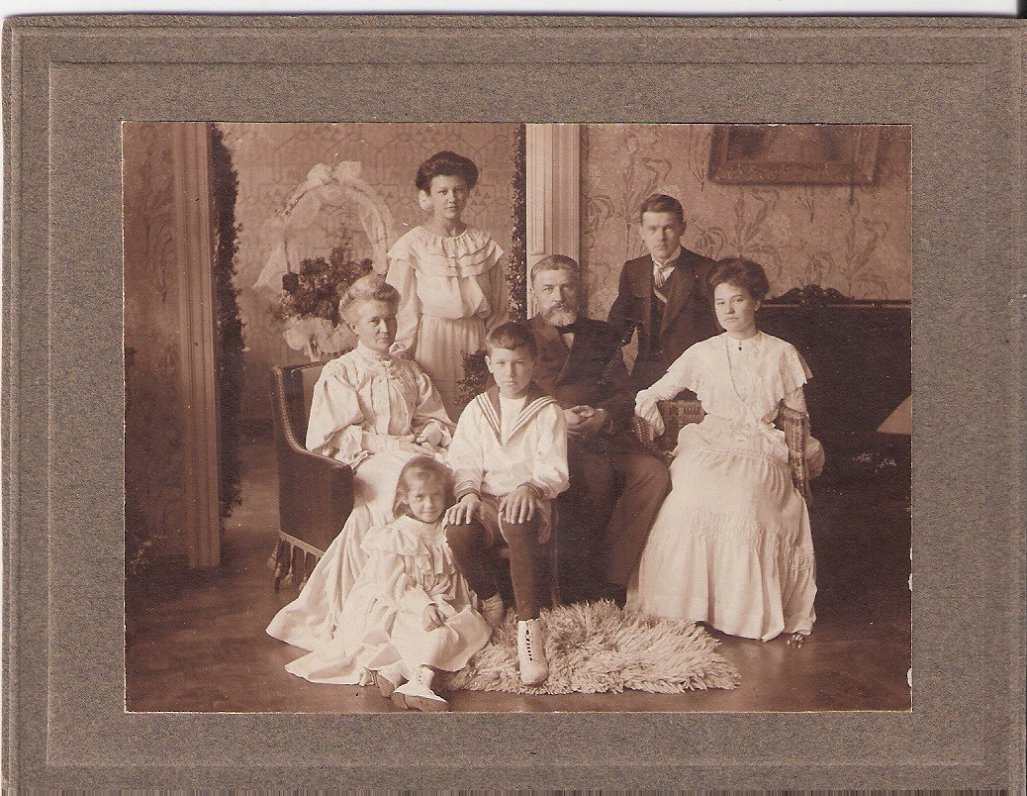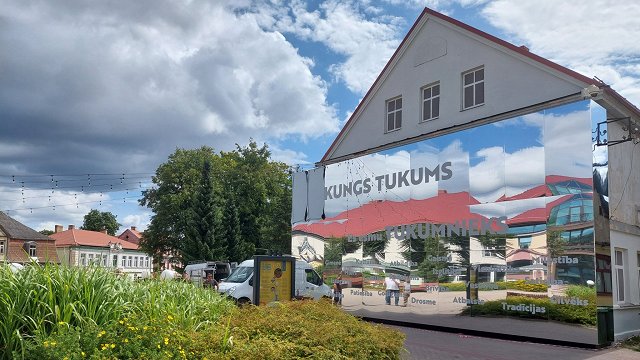Collecting private correspondence, photos, press cuts and tableaux, the initiative is being published on Facebook, with the young diplomat's Margarēta Grosvalde's (1895-1982) English-language diary from her time at the Latvian Embassy in London undoubtedly the centerpiece, providing a look into the life of a young woman of that era. Her work is peppered with intimate glimpses into events leading up to the founding of the Latvian Republic and its first uncertain steps into foreign affairs.
As the project's authors note, the Grosvalds family played an important role in Latvian culture and foreign policy in the last century. In 2018, the significance of this family was highlighted by the documentary Mērijas ceļojums [Mērija’s Journey] about Mērija Grīnberga the younger (1909—1975), granddaughter of the Grosvalds family, who saved a large part of the Latvian museum collection from the ravages of World War II.
In addition, research into the family's history was aided by the discovery of the diary written by her aunt, Margarēta Grosvalde, one hundred years ago. This unique historical testimony and inside look at the beginnings of the Latvian State and the Latvian Foreign Service was brought to the attention of literary scholar Eva Eglāja-Kristsone by a friend.
Research into the Grosvalds family is ongoing. Director Kristīne Želve is writing a book about the family as well as, together with artist Ieva Stūre and art historian Ieva Kalnača, developing the exhibition MĒRIJA’S JOURNEY. The Story of the Grosvalds Family, on display at the Latvian National Museum of Art from 6 September 2019.
The year 1919 was significant for the Grosvalds family—their eldest son Oļģerds was Secretary of the Latvian delegation to the Paris Peace Conference from February to July when he became a representative of the Latvian Provisional Government and its resident minister in France. Other members of the family started working at diplomatic missions abroad as well.
In February 1919, Margarēta began working in the office of the newly established Latvian diplomatic mission in London (and which became the Latvian Embassy in 1921)—this is where she began writing her diary.
The #Grosvaldi1919 project is supported by the Latvian National Museum of Art, the Institute of Literature, Folklore and Art of the University of Latvia, the Latvian Ministry of Foreign Affairs, the National History Museum of Latvia, the Riga Museum of History and Navigation, the Latvian Media publishing house, and the association Domuzīme.



























